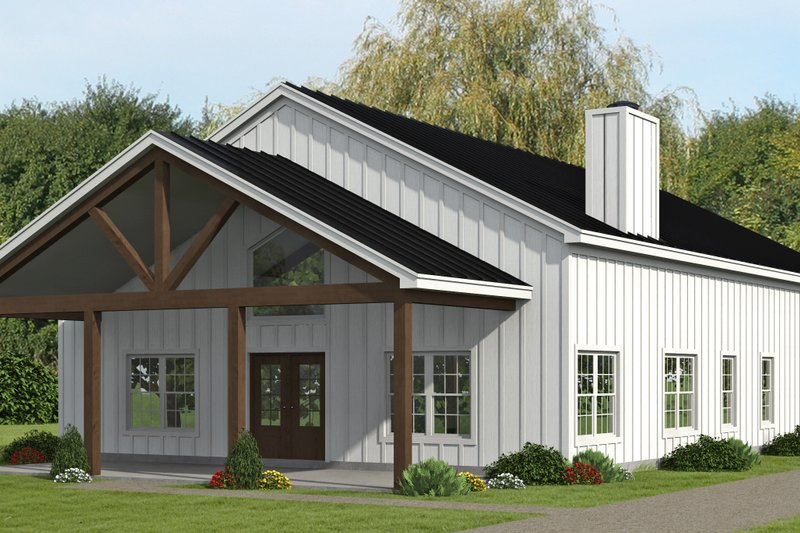Deciphering the Hidden Language of Floor Plans

When first glancing at a floor plan, the lines and symbols may appear as a confusing and indecipherable collection of marks.
However, these seemingly random scribbles and shapes carry specific meanings that are critical for understanding a home’s layout and design.
Recognizing the importance of these symbols can save you thousands of dollars in design or construction errors, and allow you to make better decisions before committing to a plan.
In this article, we'll explore how to decode the hidden language of floor plans to ensure you fully understand the design of your future home.
1. Understanding Basic Elements of Floor Plans
The very first step in deciphering a floor plan is recognizing its basic elements, which form the foundation of the design.
These elements include walls, windows, and doors — all of which are essential to creating the building’s layout.
Walls
In a floor plan, walls are represented by dark rectangles or lines.
Exterior walls are often shown as thick dark rectangles, while interior walls are typically thinner and lighter in color.
These walls form the basic structure of your home, separating different rooms and creating the boundaries of your living space.
Exterior Walls: These are the thick, dark lines that outline the perimeter of the home.
They define the space you will live in and also help determine the home's energy efficiency by providing insulation and support.
Interior Walls: These are the thinner, lighter lines that divide the interior spaces.
Depending on the plan, these could be load-bearing or non-load-bearing, and their placement will impact the layout of rooms like bedrooms, kitchens, and bathrooms.
Windows
Windows are typically represented by thinner lines between wall segments. The shape or markings on the floor plan will help differentiate between window types.
Casement Windows: A casement window may be marked with a line or arc indicating the direction in which it opens, typically swinging outward.
Picture Windows: These are often shown without any central dividing line, as they do not open.
Bow and Bay Windows: These windows protrude from the wall and are often drawn with lines indicating their curvaceous or angled shapes.
If you're unsure about a window's type, check the exterior or elevation view of the floor plan for clarification.
Doors
Doors are key to understanding how rooms are connected, and their symbols can be quite telling.
Standard Doors: A simple blank space between walls usually marks the location of a door.
The swing direction is often indicated by an arc drawn in the direction the door opens.
Pocket and Barn Doors: These doors are represented by very thin lines or a rectangle that disappears into the wall (for pocket doors).
Barn doors are shown next to the wall, rather than within the space.
Double or Bi-fold Doors: These doors are marked by two adjacent rectangles, symbolizing the two halves of the door that open outward.
2. Interior Features and Architectural Details
Floor plans often include interior features that provide context to how spaces are used.
These symbols give insight into ceiling details, columns, and other architectural elements.
Columns and Beams
Columns and beams are key to understanding how weight is distributed in the house. Columns are often shown as black squares or circles on the plan, and beams are usually represented by dotted lines.
Columns: Typically located at load-bearing points in the home, columns are crucial to the structural integrity of the design.
Beams: Dotted lines indicate beams that support the structure, often spanning large open spaces like living rooms or kitchens. These beams can also be part of vaulted or coffered ceilings.
Architectural Features
Dotted lines within a room often indicate architectural features such as tray or coffered ceilings. These elements add visual interest and elevate the design of a space.
3. Kitchen and Wet Room Symbols
The kitchen and wet rooms (such as bathrooms and laundry rooms) have their own symbols to denote appliances and fixtures.
Wet Rooms
Wet rooms are spaces where water is present, such as kitchens and bathrooms.
These rooms come with specific symbols to help identify key components like sinks, stoves, and dishwashers.
Sinks: Represented by simple circles or squares, with a line indicating plumbing connections.
Ranges and Ovens: Marked by a square with circles on top to represent burners.
Dishwashers: Usually denoted by "DW" and a rectangle symbol near the sink.
Refrigerators: Shown as boxes labeled with “Ref.” or with the door placement depicted.
Cabinets and Countertops
Cabinets are often indicated by dotted lines that show where overhead or under-counter storage is located.
A solid rectangle within the kitchen might represent an island, sometimes labeled to show if it includes seating or prep space.
4. Plumbing and Fixtures in Bathrooms
Bathrooms are equipped with various symbols to identify key fixtures like bathtubs, showers, sinks, and toilets.
Bathtubs and Showers
The bathtub is generally marked by a rectangle with curved or triangular lines, often with a specific annotation indicating if it’s a corner or freestanding model.
Showers are often represented by an "X" or enclosed with a solid line.
Bathtub: A rectangular shape, sometimes with an oval inside to represent a freestanding tub.
Showers: Indicated by a simple square or rectangle with “X” markings or a separate line for walls.
Sinks and Toilets
The sink is usually marked with a circle or square, and the toilet is symbolized by a simple "T".
Pay attention to whether the plan includes one or two sinks and whether there is space for medicine cabinets, mirrors, or extra storage.
5. Staircases and Elevations
Staircases can be represented in different ways depending on their design.
Straight, sweeping, and turned stairs all have unique symbols.
Straight Stairs: A simple line with steps indicated.
Sweeping Stairs: Represented by a curved line showing a gradual turn.
Turned Stairs: Marked with a right-angle turn, sometimes accompanied by a landing.
Stairs are an essential feature that affects how you move through the home and its overall space flow.
6. Laundry Rooms and Utility Spaces
Laundry rooms often have specific symbols for appliances like washers (W) and dryers (D), which are important for functionality.
Washers and Dryers: These are often marked with a simple rectangle labeled "W" and "D" respectively.
Counter Space: Dotted lines indicate countertops above the washer/dryer for folding clothes, or for added storage in the laundry room.
7. Flooring and Surface Finishes
While floor plans rarely specify exact flooring materials, they may use symbols to represent different types of flooring, which can help set the tone for the space.
Tile: Crisscrossed lines or small square shapes represent tile floors, often in wet rooms like bathrooms.
Wood or Carpet: While not typically indicated on the plan, these can often be inferred based on room types or custom finishes.
8. Furnishing and Layout Suggestions
In some cases, floor plans will offer guidance on where to place furniture to optimize the space.
These suggestions can help you envision how the rooms function once the space is furnished.
Dining Areas: Layouts might show how many chairs fit around a dining table.
Living Rooms: Suggestions for sofa placement or where to set up entertainment centers.
Bedrooms: Showing optimal spots for beds to ensure privacy and views.
9. Conclusion
Reading and understanding a floor plan can seem daunting at first, but once you break down the symbols and markings, it becomes much easier.
From walls and windows to appliances and architectural features, each element is carefully marked to provide a comprehensive view of how the house will function.
By learning to read these symbols, you can save money, avoid costly errors, and ensure that your home design is exactly what you want before you begin construction.
With practice, you'll be able to visualize your future home with ease and confidence.
FAQ:
Q1: What are the hidden lines on a floor plan?
A: Hidden lines on a floor plan are typically dotted or dashed lines that represent elements not fully visible or structural features.
These may indicate hidden elements like beams, ceilings, or parts of an interior feature, such as shelves or fixtures that are not immediately visible.
Q2: How can I read house plans?
A: To read house plans, begin by understanding basic symbols such as walls, windows, doors, and fixtures.
Familiarize yourself with common notations for appliances, plumbing, and electrical points. Review the layout, dimensions, and spatial flow of each room.
Over time, reading house plans will become more intuitive.
Q3: What do the symbols on floor plans mean?
A: The symbols on floor plans represent various elements in the home, such as walls (dark rectangles), windows (thin lines between walls), doors (blank space with an arc indicating swing direction), and appliances (squares or rectangles marked with labels like "DW" for dishwasher).
Q4: How do you analyze a floor plan?
A: To analyze a floor plan, look for key elements such as the overall layout, room sizes, traffic flow, and placement of fixtures and appliances.
Check the spatial arrangement to ensure the design works for your needs.
Pay attention to dimensions, door/window placements, and the functionality of spaces.
Q5: How to read a drawing plan?
A: Reading a drawing plan involves understanding the symbols used for walls, doors, windows, and fixtures.





